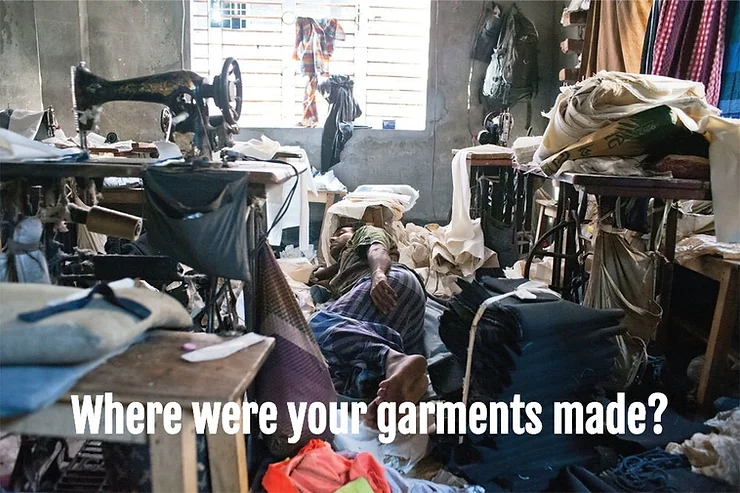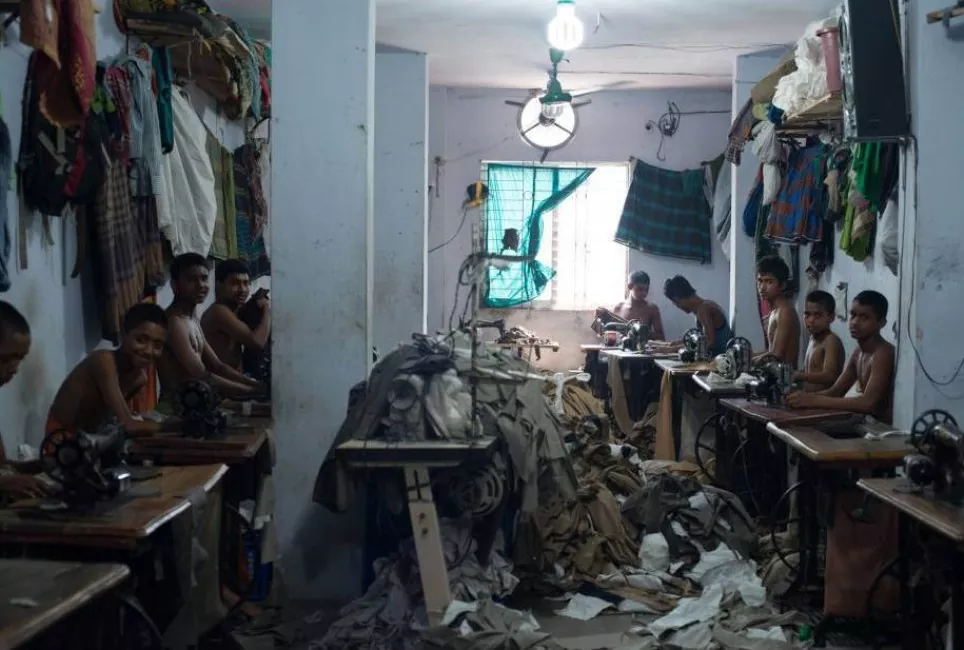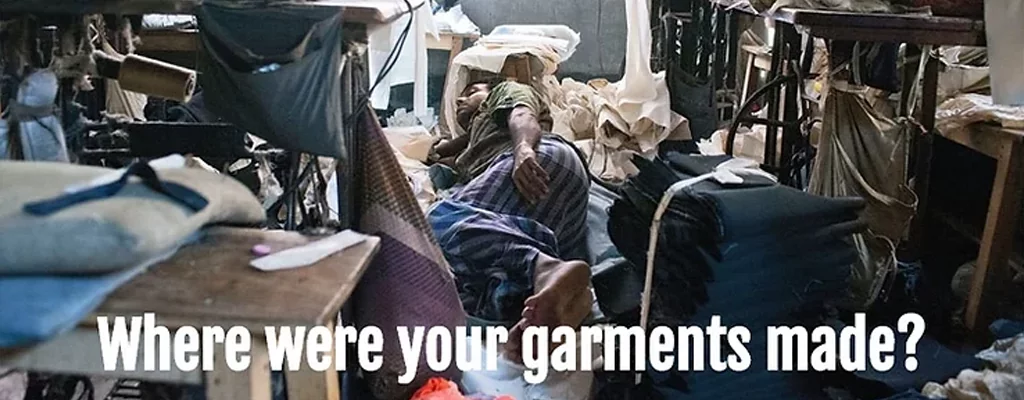Since the collapse of Rana Plaza in 2011, consumers around the world have been shaken awake, and are now demanding to know where their garments were really made.

This has put pressure back onto sourcing companies and ultimately the boardroom of garment brands to seriously review their practices and be answerable to their customers. Ethical manufacturing has been elevated from being a marketing catch-phrase to become a genuine corporate commitment by Brands and their manufacturers.
However, there are still many companies who continue to ‘play in the gutter’ and profit on the sweat and misery of disadvantaged workers.
The hidden face of Subcontracting
One of the standard practices to hide unethical production practices has been the use of a labyrinth of small subcontractors outside of the ‘approved’ factory. For example, a Buyer might visit a factory to check that their order will made in a suitable facility. They will see a clean and orderly factory and so return back to their head office confident that everything is ‘above board’.
What they might not realise was the factory they visited could have been a ‘show-factory’ used to impress unsuspecting buyers. In reality the production will be farmed out to small home based sweatshops where the production could be made by children for a fraction of the agreed production price.
There is still an even darker side to the ‘show-factory’ where the Buyer is not innocent at all, and instead is using the 3 Monkey Rule, that is, Hear Nothing, See Nothing and Say Nothing. In this way the unethical Buyer is negotiating low production prices, and is quite aware that the production is being subcontracted out to sweatshops.
The unethical buyers attempt to defend their actions by claiming they only visited the ‘approved’ factory and were not aware of any illegal subcontracting.

How do you guarantee ethical production ?
Professional Buyers are aware of all the standard deceptions that unscupulous factories will try. Therefore they demand all factories to be audited by recognised certifying companies to ethical standards set by international organisations. One such standard is SMETA 4 Pillars which is used to verify – Workers conditions, Factory safety and Environmental Protection.
The auditors not only inspect the facilities, and privately interview employees, they also calculate the maximum production output possible by the workers employed vs the orders received by the company. This quickly reveals any unexplainable production quantities that were supposedly ‘made’ by the company.
One important aspect of the SMETA 4 Pillar audit relates to Business Ethics. For ethical manufacturing to be authentic, it must be more than just ‘talk’, there needs to be an ethical culture within the manufacturing company where corruption and bribery cannot be allowed to exist in the background. Within many developing nations, corruption is rampant, and so there needs to be explicit proof that no one is profiting through the misery of others.
What should you look for in a good manufacturer?
This is a common question, and experienced buyers look beyond the certificates on the wall. The key is to develop working relationships with suppliers who are truly ‘walking the talk’.
Some key indicators can be the day to day involvement of the owners in the operation of the manufacturing facility. Shiny corporate head quarters are divorced from the realities of the factory floor. Owners who manage by ‘walking around’ their factory will most likely be a more responsive supplier partner because the ‘buck is stopping on their desk’ more so than a corporate head office manager.
Another important indicator for a successful supply relationship is the ease of communication. Working directly with the manufacturer is strategically more advantageous than going through a buying house. The direct relationship is more responsive and gives the buyer more flexibility, as well as the sense of connection direct to the factory floor.
These factors seem to be present in all long term and successful supply chains.

